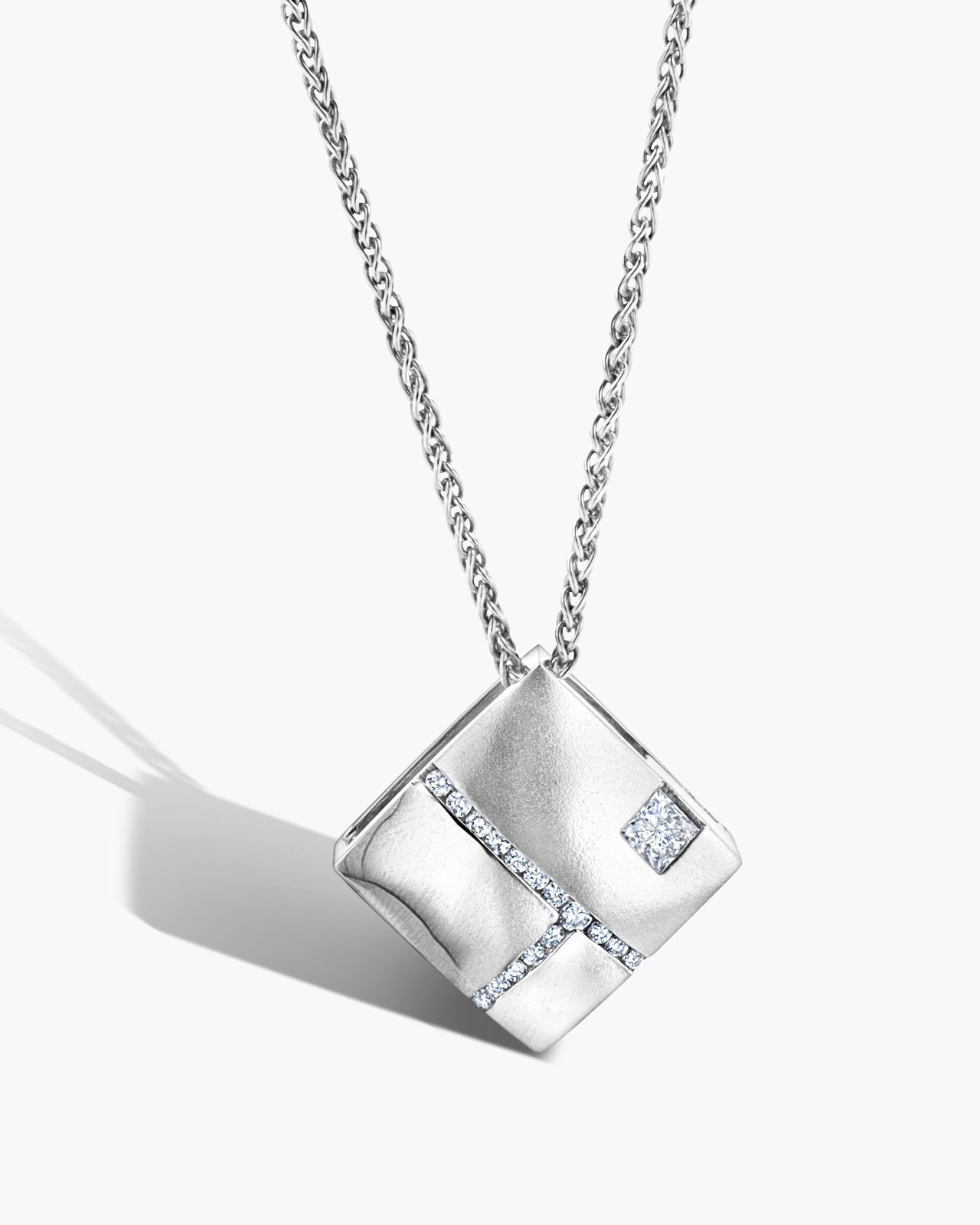480.423.5000

Which Precious White Metal Is Right for You?
White metals have been popular for centuries, with good reason. They are strong and beautiful, making them perfect for jewelry. While each metal has its own unique properties, they all offer a level of sophistication and luxury. This post will cover three of the most popular white metals – silver, white gold, and platinum.
Silver Jewelry

ZONNEWIEL
Silver is the most common and affordable of the three white precious metals. You see silver in all kinds of jewelry as sterling silver. Sometimes you will see 925, meaning it’s 92 and a half percent pure silver. Other metals are used with it to try and make it a more durable alloy. Alloy is a mixture of different metals. Pure silver is pretty soft, so adding other metals makes it more durable.
There is usually very little noticeable difference between precious white metals in terms of esthetics; these metals look very similar when they’re brand new. White gold and silver are often rhodium plated. Rhodium is a platinum family metal commonly used for plating, both silver, and white gold. It makes things look bright, polished, and mirror-like. The polish wears off over time, but it’s generally not too noticeable considering that you are getting scratches on your jewelry anyways. When they’re new, it’s pretty hard to tell the difference even with what we call the bare metals or non plated metals; it’s hard to tell the difference when they’re all polished.
When it comes to silver, it will tarnish. It may turn black over time, or the color may change. Some people are very good at keeping up with the cleaning, but some pieces are harder to keep clean than others. Some are more difficult to clean without damaging them over time.
Rings and bracelets are pieces of jewelry exposed to more damage. If the prongs that hold the stones on a ring are made of silver, it could be problematic. When using silver, the prongs wear more quickly and bend more easily. If you wear it all the time, if it’s a special ring, like an engagement ring, silver is probably not the best idea. Something like an engagement ring needs to last, and you want to hang on to it for a long time.
White Gold Jewelry

HOEK
White Gold, in a practical sense, is fantastic. It’s a very tough metal and can be used for many things. It’s very malleable by itself, but alloys are used to make them a little stronger. It’s very tough; it’s hard to break. It also has metal memory, meaning it wants to spring back; it wants to bounce back. Unlike silver, gold wants to spring back, and it retains a lot of that strength for much longer. So going back to the prongs, it will be a much better situation with white gold prongs rather than silver. Also, overall its resistance to bend, wear, and break are much better than that of silver.
Platinum Jewelry

VLAMMEND BAND
Platinum has been less than gold in price, just as a metal. So why hasn’t that reflected in something like jewelry? Why is it that you still often pay maybe twice as much for something in platinum than you do in white gold? There are two reasons for that. Usually, with gold, you’re dealing with an alloy that is maybe 58 and a half percent if it’s 14 karat gold. If it’s 18 karat gold, it would be about 75% pure gold and the other metals in that alloy. So you usually aren’t dealing with pure gold, but with platinum, you’re often dealing with at least 95% pure platinum.
The second reason platinum costs more is that it costs a lot to work with. It’s more labor-intensive and requires different equipment. Most jewelers charge more when they work with platinum. One example is that platinum doesn’t polish down like other metals; it needs to be sanded down. This is one of its strengths in the long run because it doesn’t transfer from itself. It stays with itself. It’s very tough, and it’s going to last longer in that sense.
Platinum is softer in a bending sense than something like gold. When talking about prongs, gold naturally wants to spring back. Whereas if platinum bends, it will stay bent. It doesn’t wear as easily either, and people consider platinum to have a better initial holding strength.
Silver, white gold, and platinum are all beautiful metals with unique aspects. When it comes to your wedding or engagement ring purchase, you’ll have to decide which metal best suits your needs. If you would like a more detailed explanation of each precious white metal, please reach out to our team. We can help guide you through this decision-making process to help you make an informed decision with no regrets.